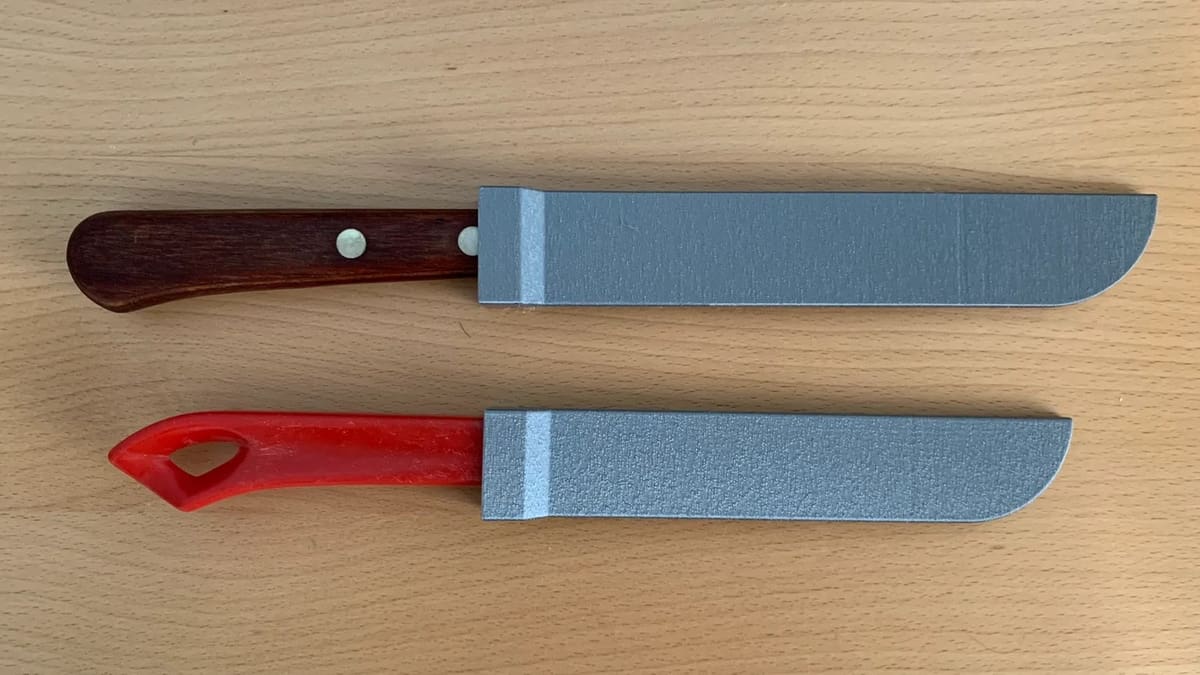PETG has quickly become a favorite filament for many 3D makers. It’s relatively easy to print, has great mechanical durability, and comes in a huge range of colors and varieties to easily fit any style. Use PETG for printing toys, cases for electronics, cosplay pieces, and even additions to furniture! But what about parts that are meant for the kitchen?
You may think that since PETG is related to PET, the plastic used all the time for water bottles and take-out containers, PETG is a safe choice for bringing your dream soup ladle to life. Unfortunately, that’s not necessarily the case, and 3D printing makes the situation even more complicated.
In this article, we’ll be taking a close look at whether parts printed with PETG filament are safe to use with food. We’ll also give you some tips on how to print and maintain your PETG parts with food safety in mind. But first, let’s consider what makes a material food safe in the first place.
The Ingredients
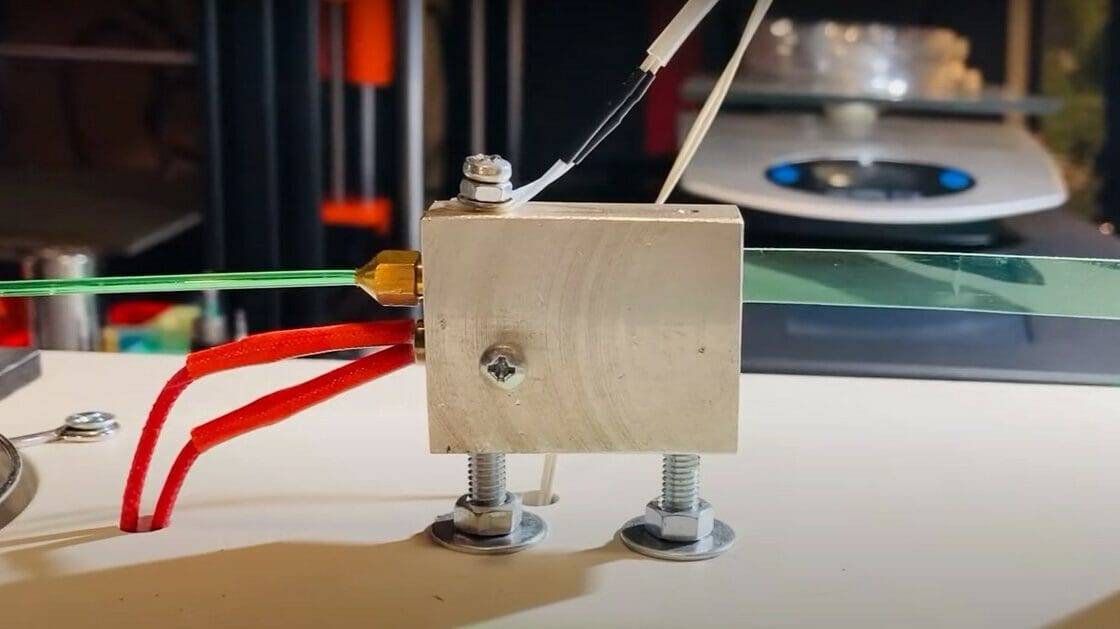
PETG itself (and PET, too) is not inherently dangerous for food contact. Rather, food safety concerns typically have to do with small amounts of material leftover from the manufacturing process that could leech out of the plastic and make its way onto our plates. This could be plastic additives, pigment, unreacted monomers, or anything in the production facility that comes into contact with the material between its synthesis and final packaging. (Remember the concerns around BPA in water bottles?)
Luckily, scientists and engineers have a food-safe process down for PET manufacturing and it transfers over well to PETG. These two materials differ chemically in the additional glycol (represented by the -G) that is added to PETG to reduce the crystallinity of PET. Simply put, this extra glycol improves printability and reduces warping issues. Check out our PET vs. PETG article if you’re interested in more information on the differences between these two materials.
In terms of food safety, the extra glycol has no relevant influence. As long as PETG is formulated, manufactured, handled, and printed in a way that is compliant with food safety standards, then it would generally be as safe to use for food-contact applications. However, meeting all those standards is no easy task. Especially considering filament manufacturers don’t need to meet such high standards, given filament is not directly intended for food contact.
So, before we get into how to go about printing food-safe PETG parts, let’s take a peek at what food safety standards you should be on the lookout for.
Food Safety Considerations
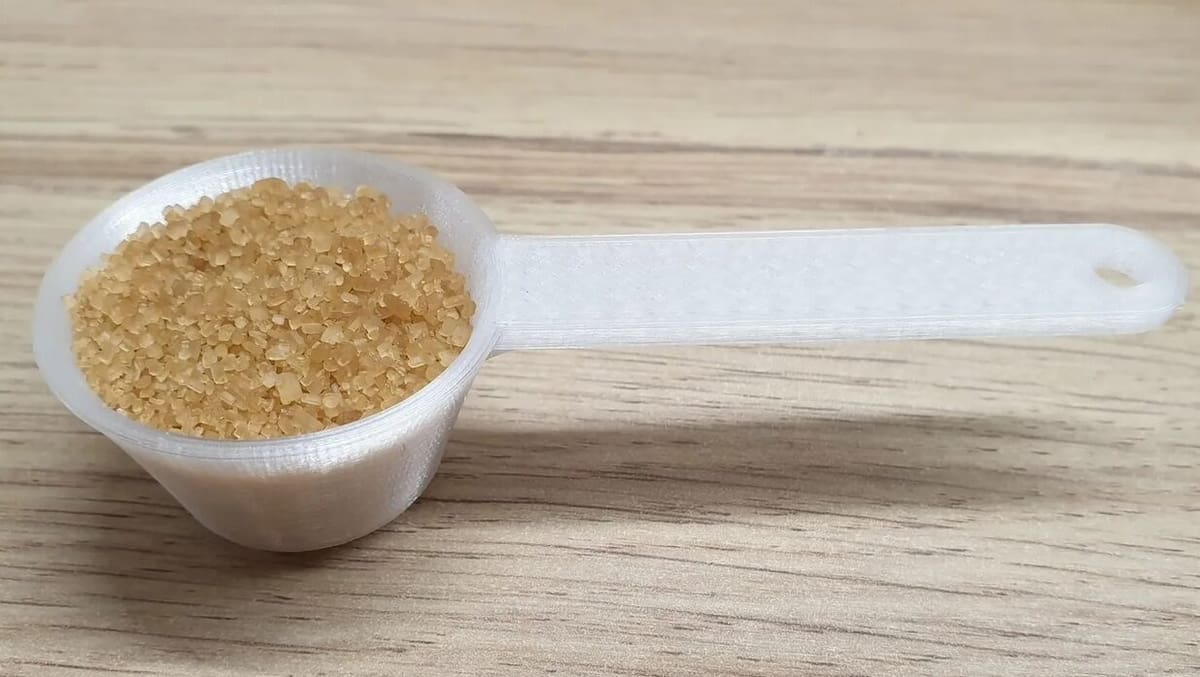
The processing of any plastic product that is intended to (or may) come into contact with food is subject to compliance with certain manufacturing standards. While the standards may vary by country, we’ll consider FDA (U.S. Food and Drug Administration) and EFSA (European Food Safety Authority) regulations for the sake of this article.
While shopping for filaments, you may have noticed certain marketing claims like “Approved by FDA”. It’s important to note that the FDA does not directly approve filaments and, in fact, these kinds of statements are objected to by the FDA.
What you do want to see for a particular filament is specific regulations that the manufacturer is compliant with. For example, the EU regulation No. 2023/2006 on good manufacturing practices details how to handle, pack, and store finished products with intended contact with food. Luckily for you, we’ve compiled a list of filaments that comply with relevant standards to help you out (and there are plenty of PETG options to choose from).
Keep an eye out for changes in the food-safe compliance of the filament across the different color options. Certain filaments may contain pigment that is not considered safe for food applications. To play it safe, it’s best to opt for clear filament options.
It’s also important to consider that filament isn’t finished being manufactured once it leaves the factory. The filament is only waiting to be additively manufactured into anything you want it to be! This means that in order to produce food-safe prints, you’re going to need to take a look at your own manufacturing practices.
Printing Practices
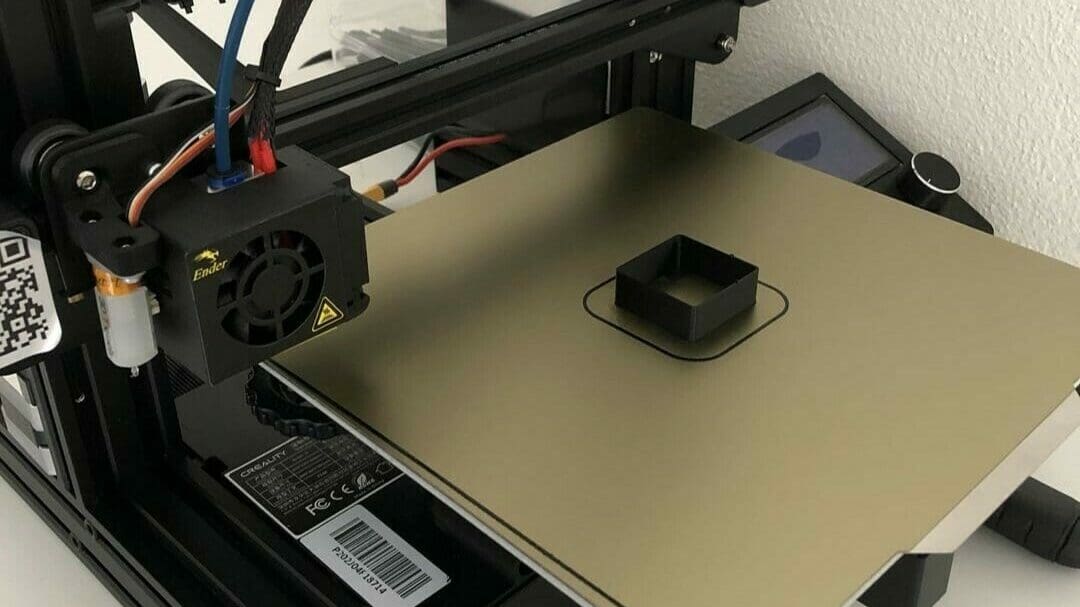
So assuming you have picked out a filament that was manufactured in compliance with food safety standards, it’s now time to turn our attention to your printing practices. Although, there is also more to this than meets the eye.
Hardware
The first part of printing considerations is the hardware you have. Since it’s going to come into contact with your filament and your printed part, it’s important that all your gear is clean and sanitary.
- Filament storage: Try to store the filaments you plan to use for food-contact parts in a plastic bag or storage box to avoid accidental contamination.
- Filament delivery: Check the extruder gears and the Bowden tube (if you have one) for dirt and debris. If it’s looking icky, then give it a good clean.
- The nozzle: It’s worth giving your nozzle a good clean before printing even if it looks okay. Stainless steel nozzles are preferred because the typical brass nozzles contain lead.
- The print bed: This should also be cleaned thoroughly before printing. You can also consider using a raft to prevent your part from directly touching the bed if yours is not in great shape or you can’t go without adhesion assistance.
Slicing
The second part of consideration comes when you’re slicing your model. Not only do you want to minimize contact of your printed parts with unsanitary equipment, but you also want to be sure that you’re not creating a place where bacteria can thrive.
- Layer height: Within the layer lines is where bacteria love to hang out. Although you’ll sacrifice some printing time, minimizing these micro gaps should be the priority for the safest results.
- Infill: While not strictly necessary, increasing infill could also contribute to minimizing gaps and other places for bacteria to multiply undisturbed. It’s also not a bad idea to err on the side of caution when it comes to designing parts for durability in this case. A small crack is enough to justify retiring the piece from your kitchen.
- Geometry: While slicing, imagine hand washing your model with a sponge. Are there small crevices that may be hard to reach? If so, you should probably consider adjusting the model until you’ll easily be able to clean all of its surfaces thoroughly.
We hope that once you’ve printed your PETG part, you plan to use it a few more times before it starts collecting dust. Naturally, there are a few things to keep in mind when it comes to keeping your parts food-safe.
Post-Print Care
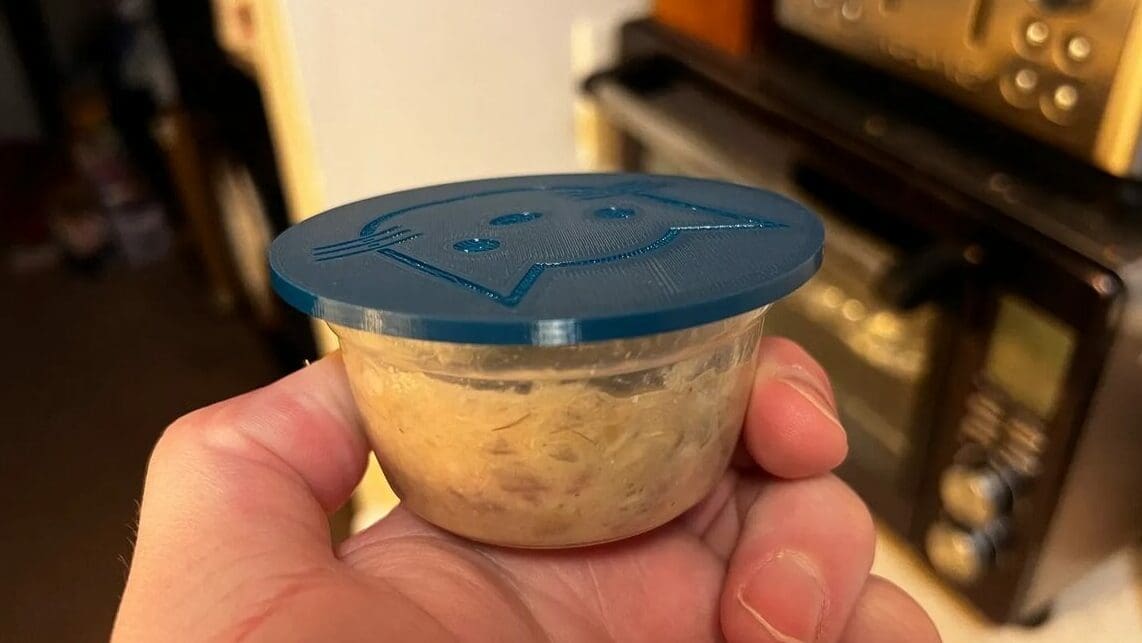
With a freshly printed cookie cutter in hand, spending a few extra minutes on its post-processing can save you a bunch of stress in the long term. With a few simple steps, you can avoid having to reprint the part after a few uses to prevent food poisoning.
As we mentioned, the main area of concern for a printed part is its layer lines. This is why it’s critical to smooth your PETG parts before using them in the kitchen. While sanding is the easiest approach, it’s not recommended as the final step because it creates microscopic scratches on the surface that create the same concern as layer lines.
Ideally, the parts should be coated in a food-safe epoxy once all other post-processing is complete. This fills in layer lines and any other surface imperfections that could cause issues. Prusa Research demonstrates in a video that this method is the most effective approach to creating food-safe 3D printed parts.
When it comes to cleaning these parts after use, opt for handwashing over the dishwasher. With a glass transition temperature of around 85 °C, you’ll risk the part distorting in the heat of a dishwasher. Simple soap and water will be enough to wash an epoxy-coated surface clean. However, avoid washing with very hot water, as PETG is more prone to moisture absorption at higher temperatures.
On a similar note, always use caution when turning to your PETG part for a given food application. Boiling water is too hot for PETG to handle safely. Using the microwave could also end badly if not closely monitored. The safest bet would be to save PETG prints for dishes somewhere between cold and warm. For anything else, it’s probably best that you stick to ceramics.
License: The text of "Is PETG Food Safe?" by All3DP is licensed under a Creative Commons Attribution 4.0 International License.

